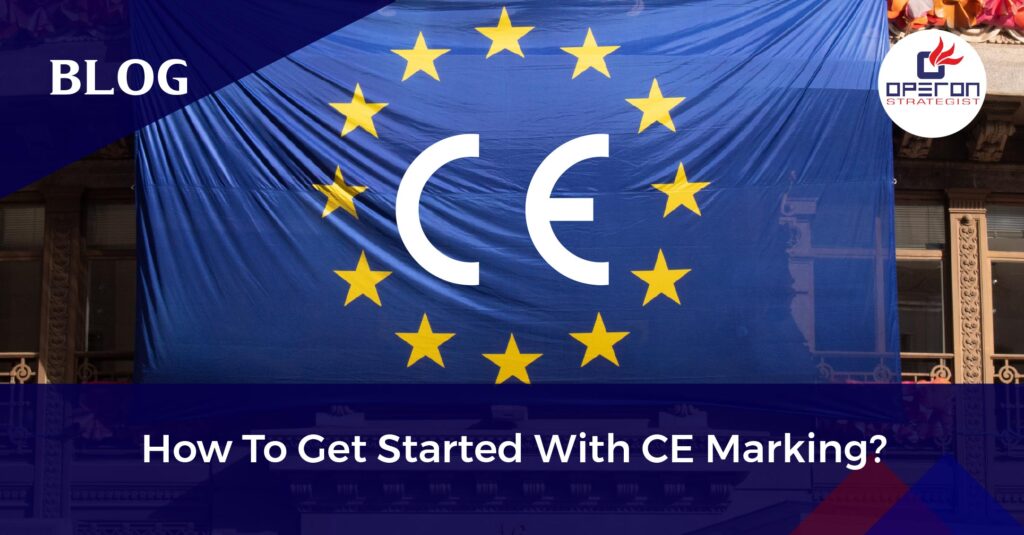CE Mark for Medical Devices: An Overview
CE marking is essential for medical device manufacturers aiming to enter the European market. While the process may seem daunting, with the right guidance, it can be navigated smoothly. This comprehensive guide will walk you through the steps of obtaining CE marking for your medical devices, ensuring compliance with EU regulations.
Understanding CE Marking for Medical Devices:
CE marking signifies compliance with European Union (EU) regulations regarding safety, health, and environmental protection standards. It is mandatory for medical devices sold within the European Economic Area (EEA) and demonstrates conformity with relevant directives.
Looking For CE Mark Medical Device Consultants?
Let’s have a word about your project
Key Directives:
The process of obtaining CE marking for medical devices is governed by key European directives, including the Medical Devices Directive (MDD) and the Active Implantable Medical Devices Directive (AIMDD). Understanding which directive applies to your device is the first step in the process.
How to Obtain a CE Marking for Medical Devices?
Steps to Obtain CE marking for your medical devices:
- Determine Applicable Directive: Identify whether your device falls under the MDD or AIMDD.
- Device Classification: Determine the medical device classification in Europe for your medical device.
- Quality Management System (QMS): Implement a Quality Management System under regulatory requirements.
- Technical Documentation: Prepare a detailed Technical File or Design Dossier demonstrating compliance with directives.
- Notified Body Assessment: For most devices, undergo assessment by a Notified Body accredited by European authorities.
- CE Marking and ISO Certification: Upon successful assessment, receive CE marking and ISO 13485 certification.
- Declaration of Conformity: Prepare a legally binding document stating compliance with applicable directives.
- Registration: Register Class I devices with the Competent Authority; additional registration may be required for higher classes.
- Ongoing Compliance: Maintain compliance through annual audits and updates to Clinical Evaluation Reports (CER) and Post-Market Surveillance (PMS) activities.
Common CE Marking Issue:
Issues with CE marking can lead to delays and complications at customs. Common problems include missing or incorrect CE marking, inadequate documentation, and non-compliance with labeling requirements. Addressing these issues promptly is essential to ensure smooth market entry.
Conclusion:
Obtaining CE marking for medical devices is a crucial step for manufacturers seeking to enter the European market. By understanding the requirements, following the necessary steps, and seeking expert guidance when needed, manufacturers can successfully navigate the process and ensure their products meet all regulatory standards.
Start Your Journey to Get the CE Mark for Medical Device Success Today.
Expert Guidance for Seamless CE Marking and Regulatory Compliance
For assistance with CE marking for medical devices and regulatory compliance for medical devices, reach out to the Operon Strategist. Our team of experts specializes in guiding clients through the certification process, from technical documentation to post-market surveillance. Contact us today to learn more.
- adminhttps://operonstrategist.com/author/admin-2/
- adminhttps://operonstrategist.com/author/admin-2/
- adminhttps://operonstrategist.com/author/admin-2/
- adminhttps://operonstrategist.com/author/admin-2/




